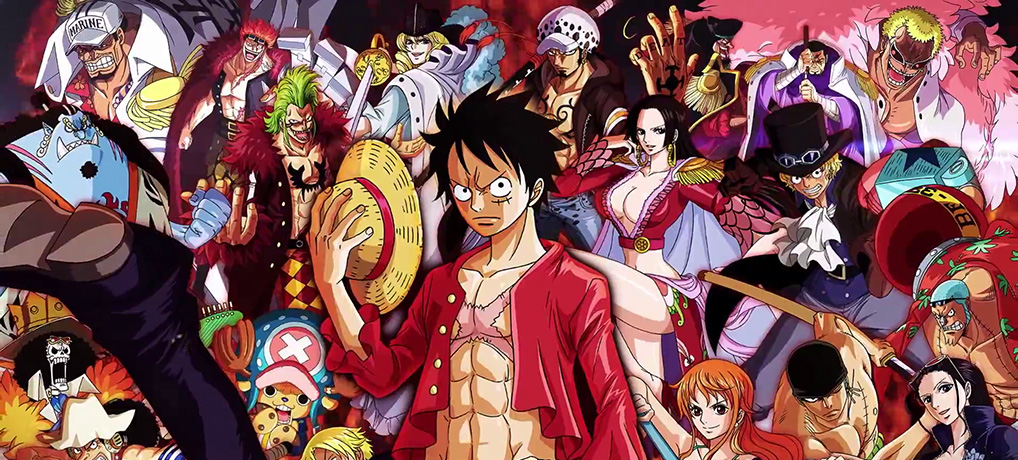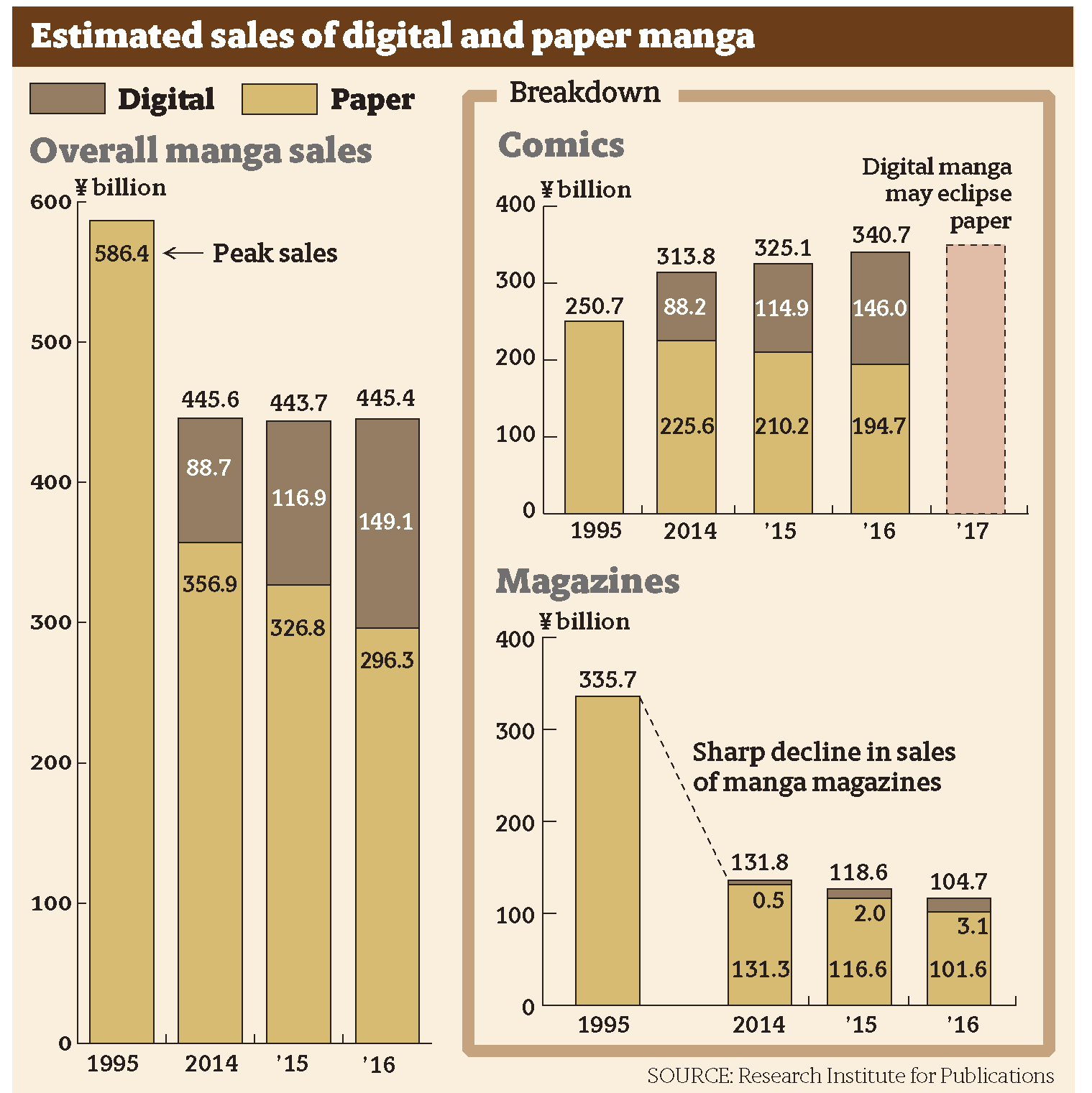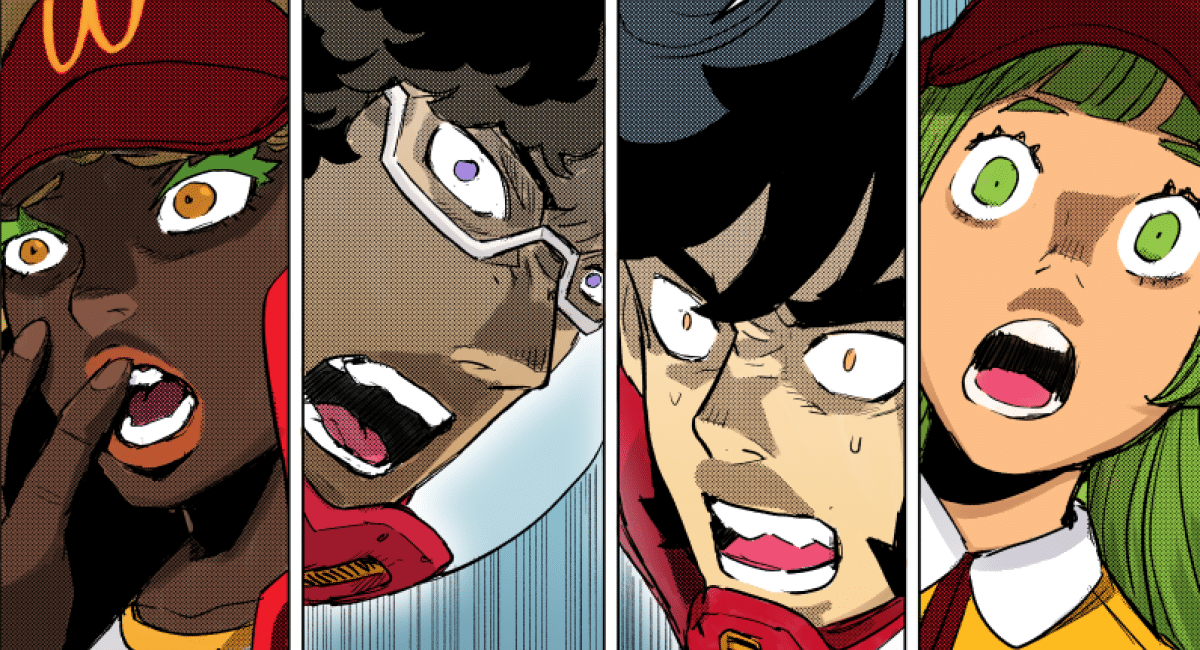Here’s what can only be described as a bombshell article from The Japan Times which distills a report that shows that digital publishing is catching up fast with print for manga in Japan. (Google tells me one yen = about 91 0 0.91 cents if you want to do quick back of the envelope calculations.) The article includes a chart of the kind so beloved by Beat readers, but the chart shows Manga publishing declining from its mid 90s peak (so many thing peaked in the 90s) and the rise of digital to the point where it’s about 1/3 of the manga publishing industry. And print is declining quickly:
Thanks to smartphones, many people have changed how they read manga, with a myriad of e-comics just a few taps away on their handsets without the need to carry print versions.
The rise of digital manga is also changing the landscape of the traditionally closed manga businesses as well. Seeing growth potential, many firms, not only existing publishing houses that dominated the era of paper comics but also tech and overseas players, have jumped into the market with manga apps.
In the meantime, people in the industry say the paper market is likely to keep shrinking and its future remains uncertain. Some are seriously concerned about the fate of manga magazines, which have long served as mediums to introduce new titles, as their role is being taken over by smartphones.
[snip]
The Research Institute for Publications reports that sales of digital manga books excluding magazines jumped 27.1 percent to ¥146 billion last year from the year before while sales of paper manga saw a record year-on-year decline of 7.4 percent to ¥194.7 billion.
If the digital and paper keep the same growth and drop rates this year, e-comics will exceed their paper counterparts, the research body estimates.
The overall manga market including digital and paper comics and magazines showed a 0.4 percent increase to ¥445.4 billion last year.
The long article also examines the rise of publishers for mobile, ie. phone, platforms, including Line, Kakao, and Piccoma. The article makes it sounds ike a pretty robust and competitive field in Japan, as opposed to the virtual monopoly – Comixology/Amazon – we have here.
By taking advantage of some 70 million messaging app users in Japan, the company “can promote what manga titles are free to read now within Line’s services,” said Tomoyoshi Murata, manager of Line Manga’s editorial team.
Most titles in Line Manga’s app are from other publishers, while Line also produces some original works.According to data by research firm Nielsen Co., Line Manga topped its rivals in terms of the number of users with 2.7 million in February, followed by Comico run by NHN comico Corp., and Manga One by Shogakuan Inc.
Mobile native manga is biggest in Korea where they have no physical comics shops. Japan seems to be catching the same wave. All of these platforms are putting out original content as well as reprinting the best known manga titles – but none has yet gained a ton of traction in the US.
That may be just a matter of time, however. US readers have generally rejected ebooks, as sales have flattened out for a while, and digital comics sales are also flat here, and have been for several years. The US mobile comics market shows non of the explosive growth of the Japanese market…yet.
Will it ever? I think there’s a significant audience to be found for mobile comics, but I also think the way comics are consumed in the US is very different from Japan’s manga culture, and it may take a lot longer for digital to become the preferred format.
Or maybe it will happen in a month. No one knows anything, really, about where this ends up. For now, this piece is a certifiable must read.











Correction: 1 yen = 0.91 cents NOT 91 cents
“Correction: 1 yen = 0.91 cents NOT 91 cents”
Yeah, I caught that too and I see it’s already been corrected. The One Yen coin is actually made of aluminum and stands a very good chance of being blown out of your hand by a strong wind.
Competition in the digital comic market might make them cheaper and more accessible. But I don’t see the comic print or digital market as very welcome to be readers at the current price point. Hence the likelihood for new comic readers to buy trades at the book store or on Amazon? I believe Manga is more ubiquitous in the Japanese culture, though.
From my understanding, in Japan there is very much a read and recycle ethos when it comes to the magazine format. This makes sense as they’re printed on cheap paper and because of this digital is a much more attractive offering. There isn’t the same collectors mentality for this format as in the West. If people want something physical they tend to go for a collected format.
I think there will always be demand for print, but less in the periodical format.
I wonder if the magazine market has softened due to fewer big hits than there were in the mid 90s. With fewer hits, there might be less of an urgency weekly/monthly and instead trade wait.
Comments are closed.